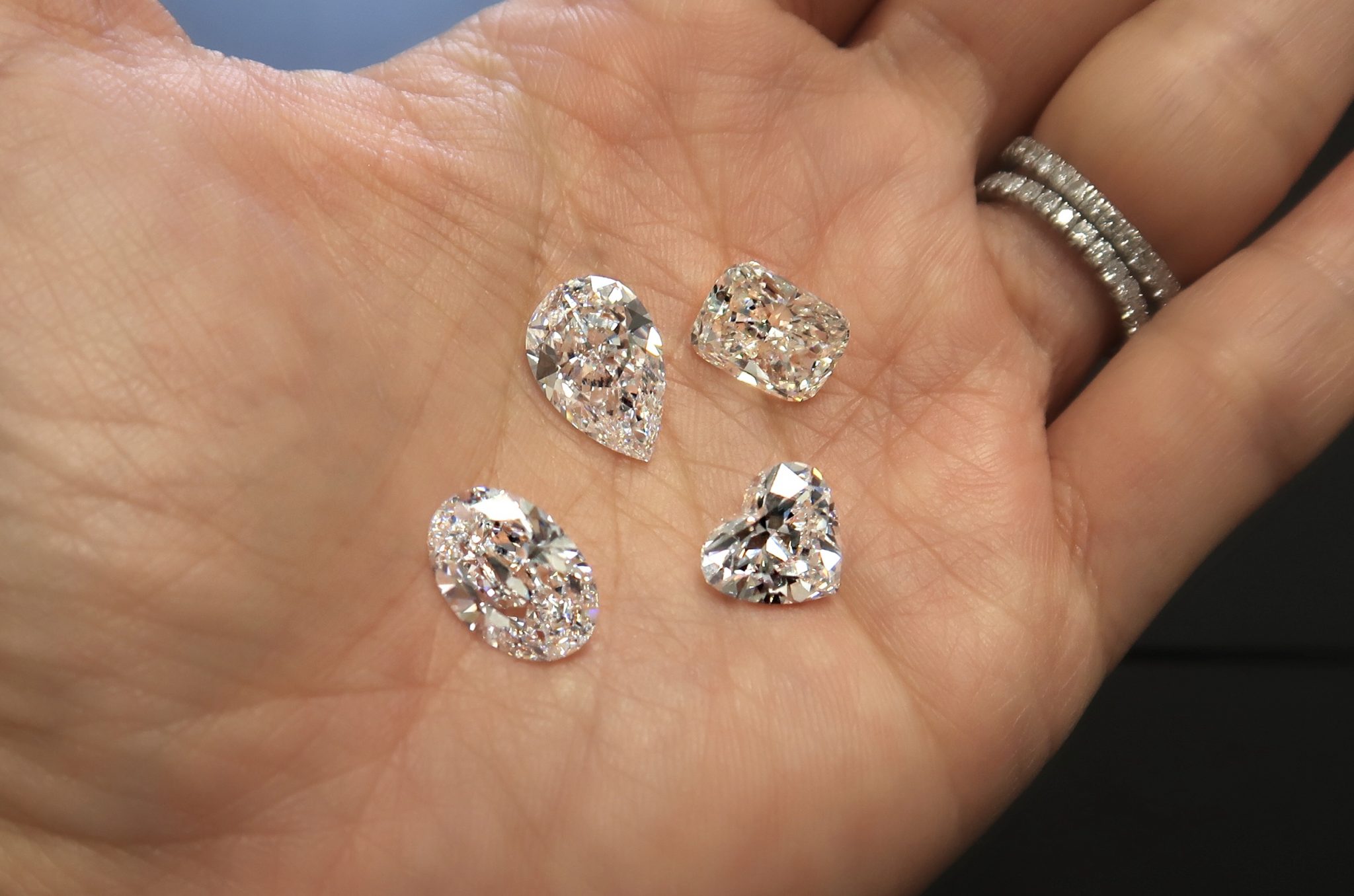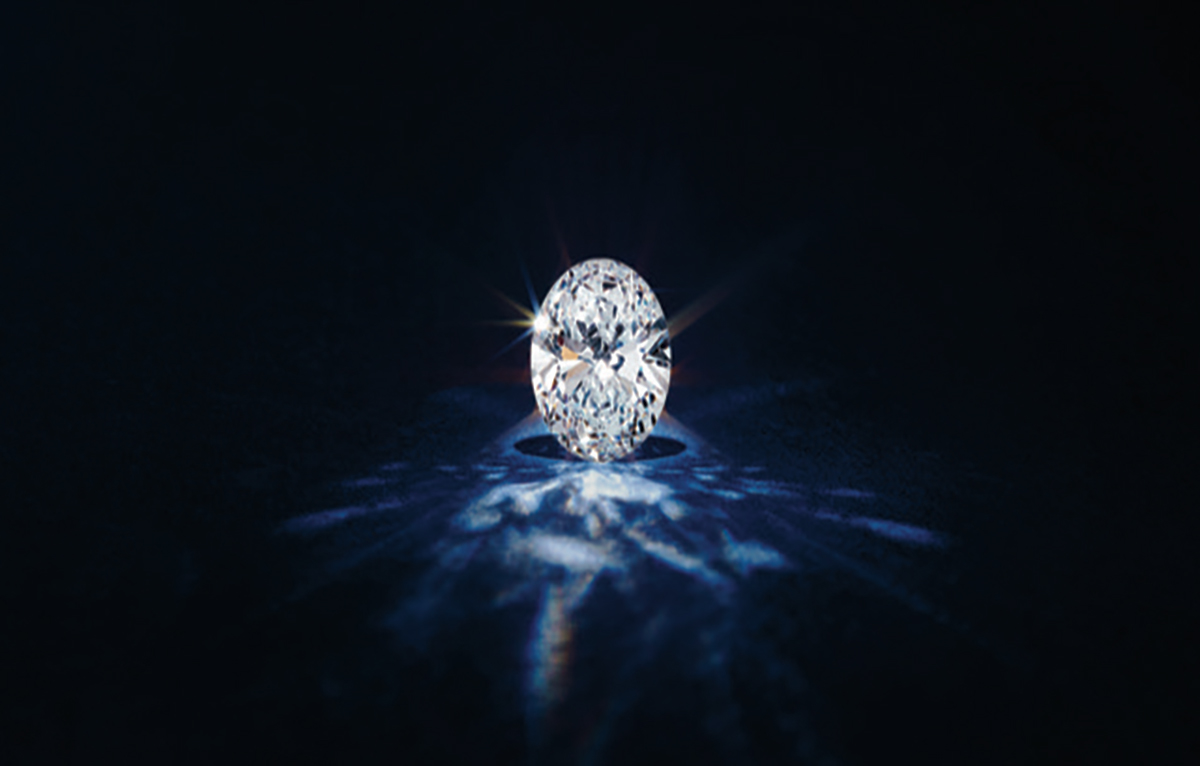Introduction to Diamond Substitutes
When it comes to sparkling gemstones, diamonds are often the first thing that comes to mind. They’ve long been celebrated for their unmatched brilliance and status as a symbol of eternal love. However, diamond substitutes are gaining popularity for a range of reasons, from cost-effectiveness to ethical considerations. But what exactly are diamond substitutes, and why might someone choose them over traditional diamonds?
What Are Diamond Substitutes?
Diamond substitutes are materials that mimic the appearance of diamonds but are not genuine diamonds. These can be natural or synthetic and vary widely in terms of durability, brilliance, and cost. Essentially, they offer an alternative way to enjoy the beauty and elegance of diamonds without necessarily opting for the real thing.
Why Choose Diamond Substitutes?
Choosing diamond substitutes can be influenced by several factors. Whether it’s the price, ethical concerns, or a desire for something unique, diamond substitutes offer a range of options. For instance, if you’re looking for something more budget-friendly or ethically sourced, a diamond substitute might be the perfect choice.
Popular Diamond Substitutes
Let’s dive into some of the most popular diamond substitutes and what makes each one special.
Moissanite
Characteristics of Moissanite
Moissanite is a gemstone that’s often confused with diamonds due to its strikingly similar appearance. It was originally discovered in a meteorite, making its origins quite extraordinary. Moissanite is known for its exceptional brilliance and fire, often surpassing diamonds in these aspects.
Moissanite vs. Diamond: A Comparison
While moissanite and diamonds may look alike at first glance, there are some key differences. Moissanite is generally more affordable than diamonds and can be nearly as hard as diamonds on the Mohs scale, making it a durable choice for daily wear. However, it does have a different refractive index, which can give it a more colorful sparkle compared to diamonds’ classic brilliance.
Cubic Zirconia
Characteristics of Cubic Zirconia
Cubic zirconia is a synthetic gemstone that’s widely used as a diamond substitute due to its affordability and appearance. It’s created in a lab and can be made to closely resemble diamonds. CZ is not as hard as diamonds or moissanite, but it still offers a decent level of durability for various types of jewelry.
Cubic Zirconia vs. Diamond: A Comparison
When comparing cubic zirconia to diamonds, the differences are quite noticeable. CZ is much more affordable, but it lacks the hardness and long-term durability of a diamond. It also tends to lose its brilliance over time, unlike diamonds which maintain their sparkle for a lifetime.
Lab-Grown Diamonds
Characteristics of Lab-Grown Diamonds
Lab-grown diamonds are created using advanced technology that replicates the natural diamond formation process. They possess the same physical and chemical properties as natural diamonds, making them an excellent substitute for those who want a genuine diamond experience without the environmental and ethical concerns associated with mined diamonds.
Lab-Grown Diamonds vs. Natural Diamonds
The primary difference between lab-grown and natural diamonds is their origin. Lab-grown diamonds are made in controlled environments, which often means they are more affordable and have a lower environmental impact. They are chemically identical to natural diamonds, making them a compelling alternative for those who prioritize sustainability.
White Sapphires
Characteristics of White Sapphires
White sapphires are natural gemstones that can be an attractive diamond substitute. They offer a clean, clear appearance and are generally more affordable than diamonds. While they don’t have the same level of brilliance as diamonds, they are durable and suitable for various types of jewelry.
White Sapphires vs. Diamonds: A Comparison
White sapphires are less brilliant than diamonds and can sometimes appear duller. However, they are a good option for those looking for a natural gemstone that’s both durable and more budget-friendly. Their subtle luster makes them an elegant choice for understated styles.
Lab diamonds, also known as synthetic or cultured diamonds, are man-made gemstones that replicate the physical and chemical properties of natural diamonds. Created in controlled environments using advanced technological processes such as High Pressure High Temperature (HPHT) or Chemical Vapor Deposition (CVD), lab diamonds offer a more sustainable and ethical alternative to mined diamonds. They are virtually identical to natural diamonds in terms of brilliance, hardness, and clarity, and they often come at a more accessible price point.
Choosing the Right Diamond Substitute
When selecting a diamond substitute, consider your personal preferences, budget, and the intended use of the gemstone. Each option has its own unique set of benefits and drawbacks.
Factors to Consider
Factors such as hardness, brilliance, and cost should all play a role in your decision-making process. If you’re looking for something that closely resembles a diamond in terms of sparkle and durability, moissanite or lab-grown diamonds might be your best bet. For a more budget-friendly option, cubic zirconia or white sapphires could be ideal.
Personal Preferences vs. Budget
Ultimately, your choice will depend on your personal preferences and budget. If you value a gemstone with a high level of brilliance and durability, moissanite or lab-grown diamonds could be worth the investment. On the other hand, if you’re looking for something more affordable or unique, cubic zirconia or white sapphires might fit the bill.
Conclusion
Diamond substitutes offer a diverse range of options for those who want the sparkle and elegance of diamonds without the hefty price tag or ethical concerns. Whether you’re drawn to the brilliance of moissanite, the affordability of cubic zirconia, the sustainability of lab-grown diamonds, or the classic appeal of white sapphires, there’s a substitute out there to match your needs. By understanding the characteristics and benefits of each, you can make an informed decision that aligns with your preferences and values. So, which diamond substitute will you choose for your next piece of jewelry?



